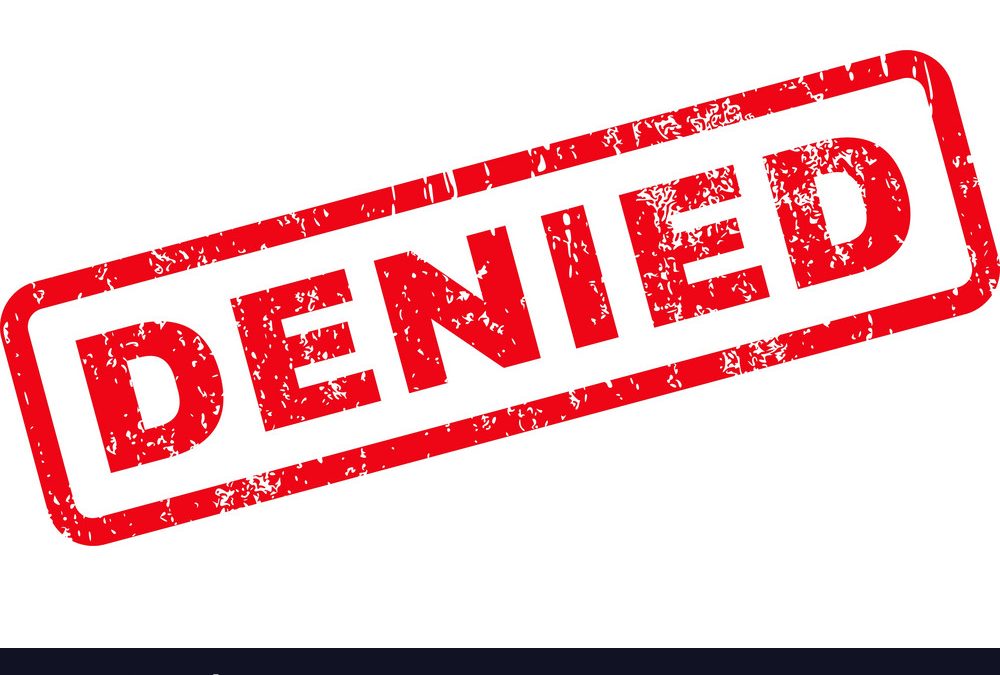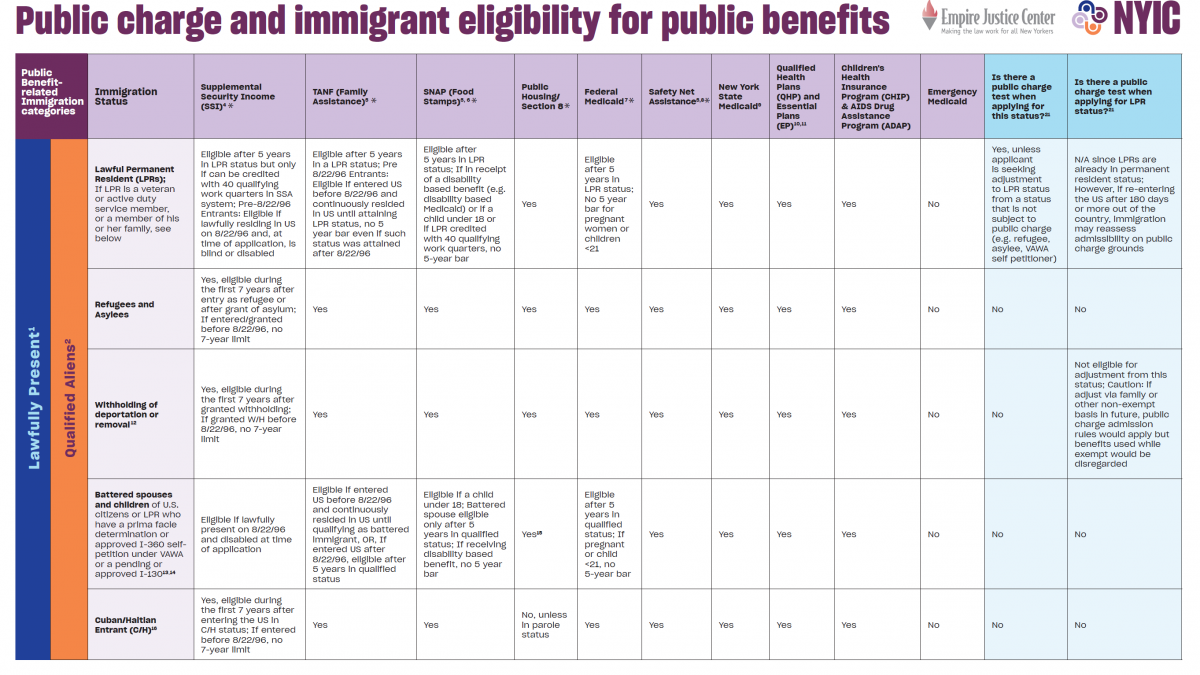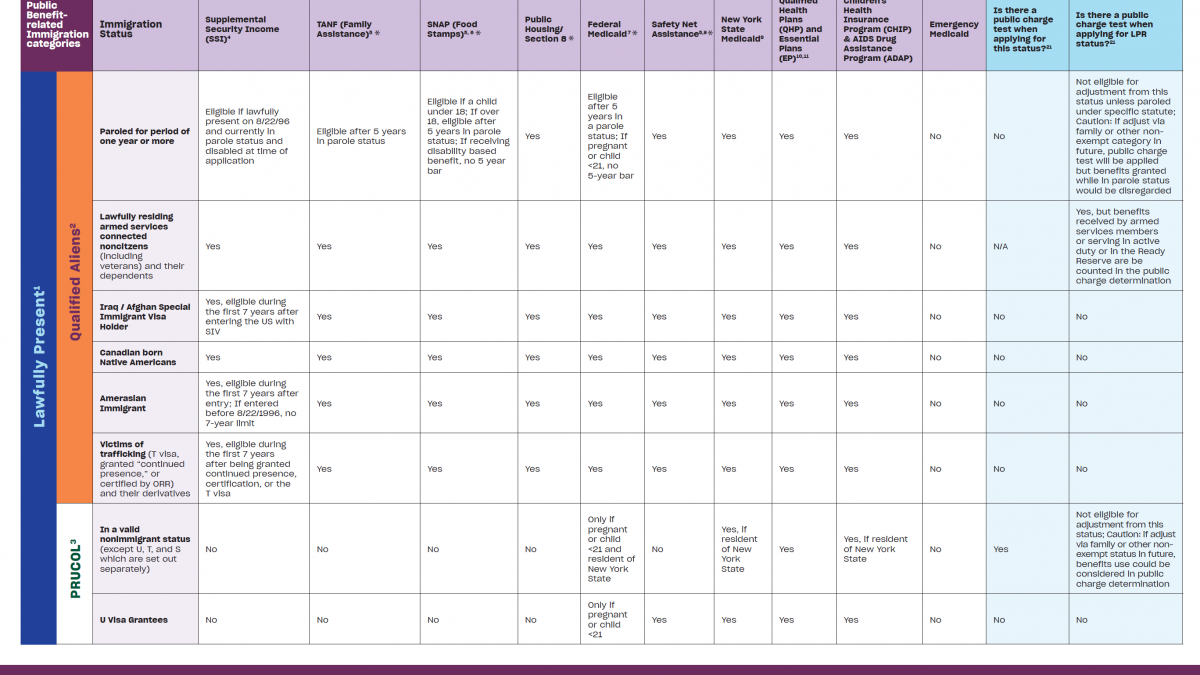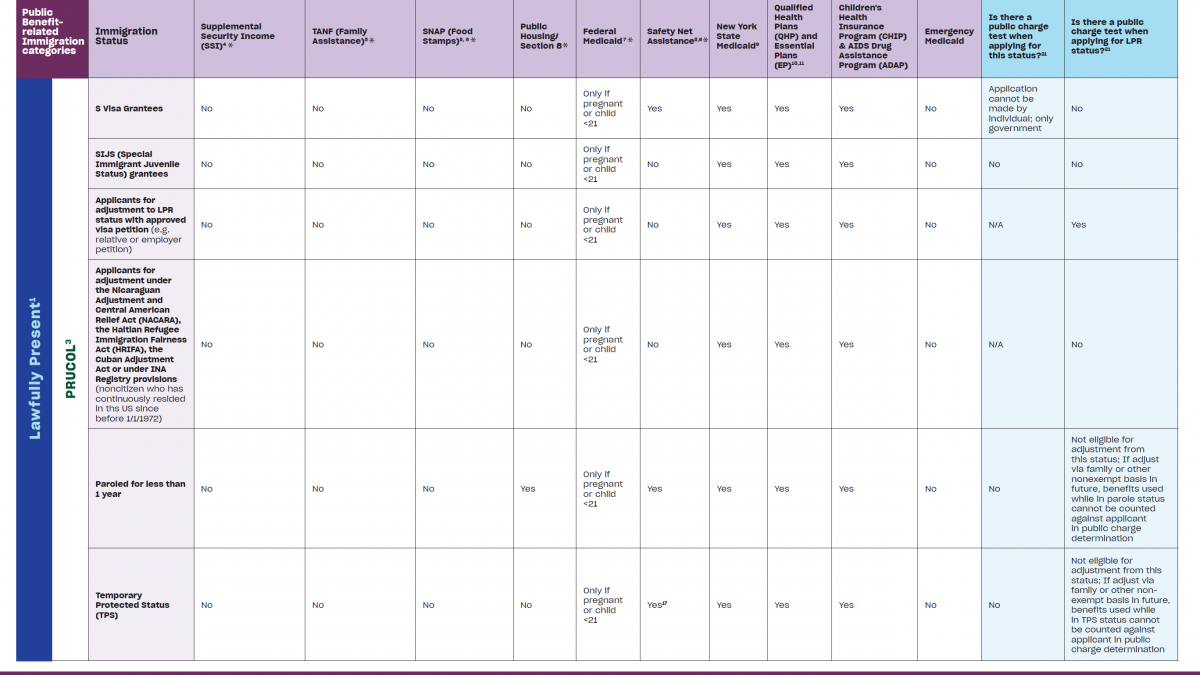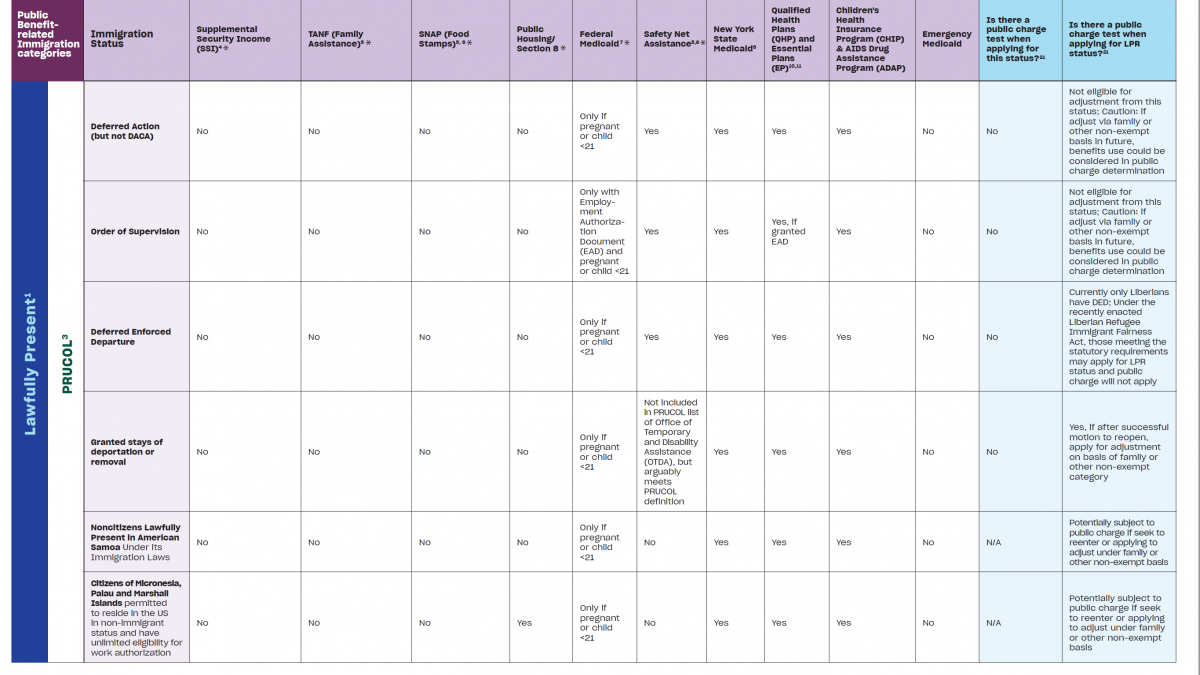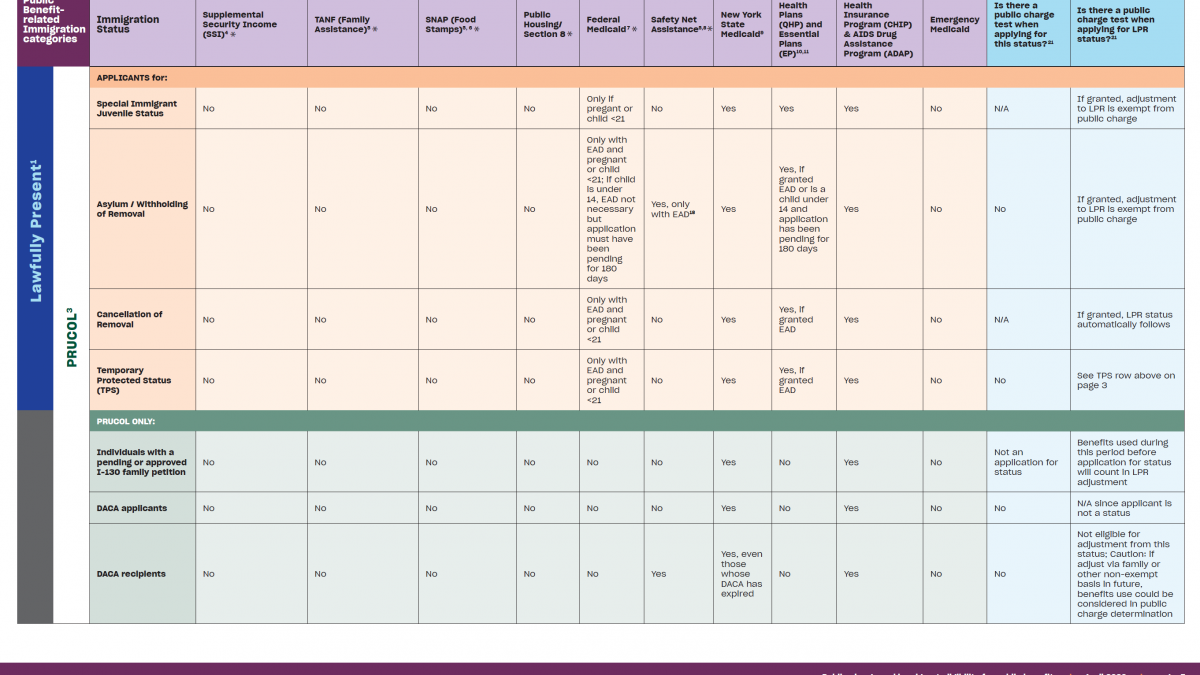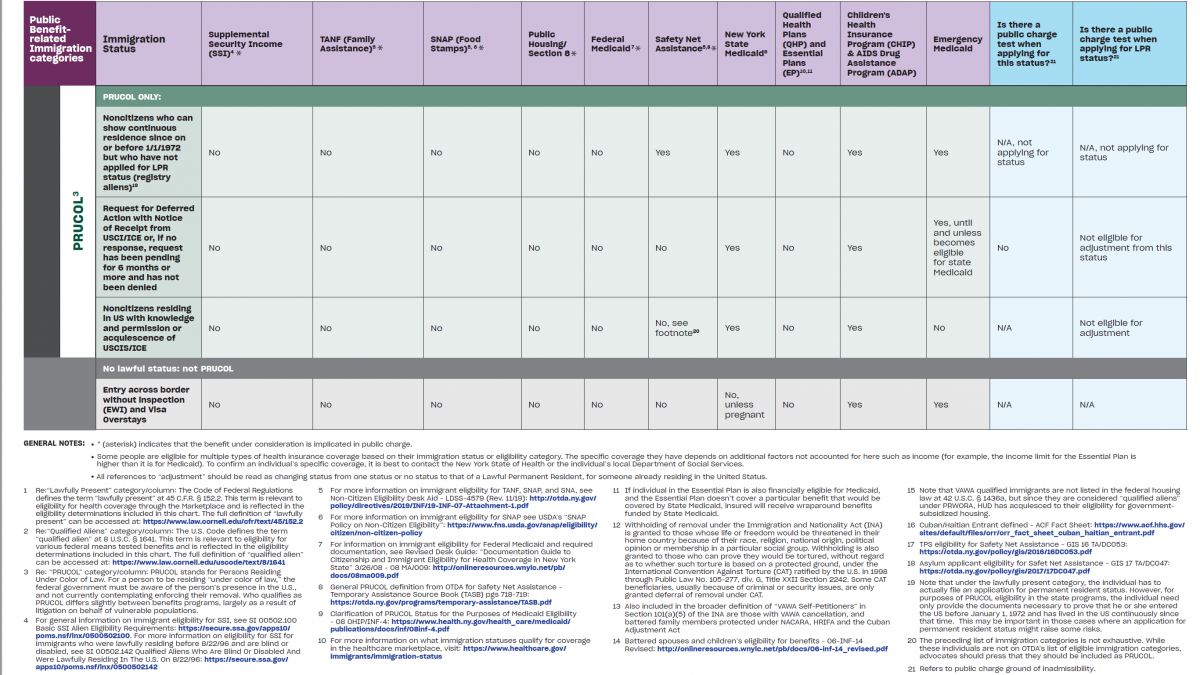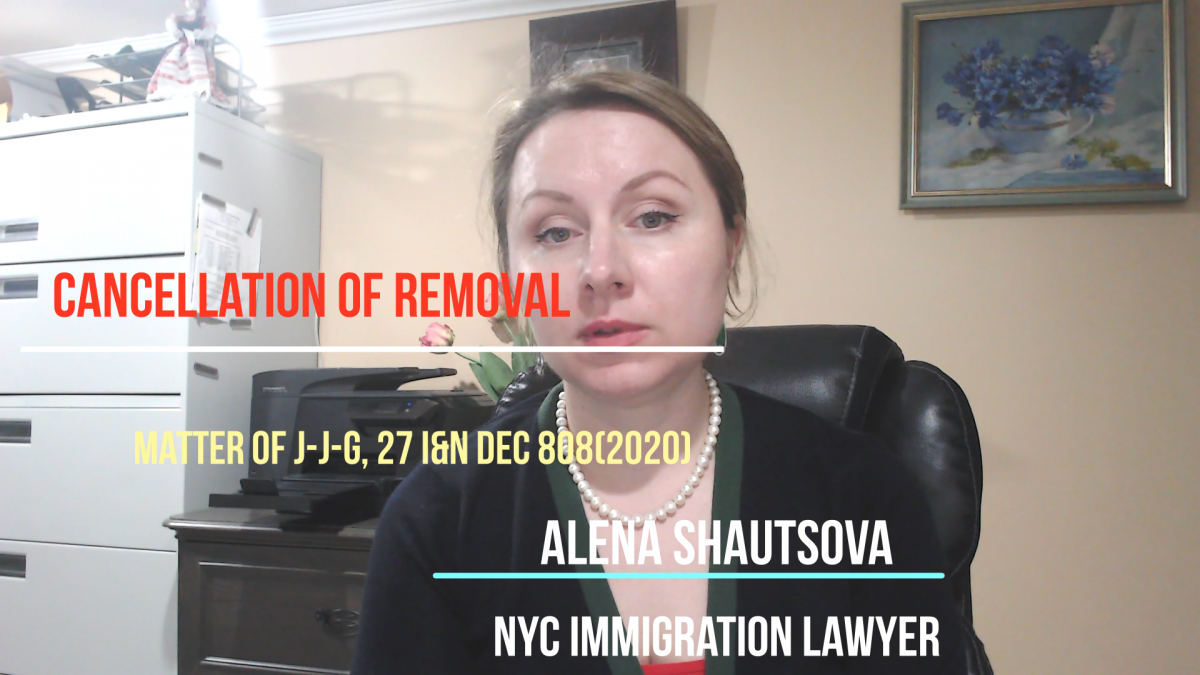I would like to share excellent research by the Immigration Council related to immigration in New York: the number of immigrants, their origins, their contributions to society! Below are the quotes from their report:
“New York is often considered one of the greatest cultural hubs in the country, having welcomed immigrants long before the days of Ellis Island. Immigrants now account for nearly one-quarter of the state’s total population and make up more than one-fourth of its labor force. As neighbors, business owners, taxpayers, and workers, immigrants are an integral part of New York’s diverse and thriving communities and make extensive contributions that benefit all.
Nearly a quarter of New York residents are immigrants, while almost one-fifth of residents are native-born U.S. citizens with at least one immigrant parent.
- In 2018, 4.4 million immigrants (foreign-born individuals) comprised 23 percent of the population.
- New York was home to 2.3 million women, 2 million men, and 206,980 children who were immigrants.
- The top countries of origin for immigrants were the Dominican Republic (11 percent of immigrants), China (9 percent), Mexico (5 percent), Jamaica (5 percent), and India (4 percent).
- In 2018, 3.6 million people in New York (18 percent of the state’s population) were native-born Americans who had at least one immigrant parent.
Nearly three in five immigrants in New York are naturalized U.S. citizens.
- 2.6 million immigrants (58 percent)had naturalized as of 2018, and 890,099 immigrants were eligible to become naturalized U.S. citizens in 2017.
- Three-fourths (75 percent) of immigrants reported speaking English “well” or “very well.”
Immigrants in New York are distributed across the educational spectrum.
- One-third (33 percent) of adult immigrants had a college degree or more education in 2018, while nearly a quarter (24 percent) had less than a high school diploma.
| Education Level | Share (%) of All Immigrants | Share (%) of All Natives |
|---|---|---|
| College degree or more | 33 | 39 |
| Some college | 18 | 26 |
| High school diploma only | 25 | 26 |
| Less than a high school diploma | 24 | 8 |
| Source: U.S. Census Bureau, 2018 American Community Survey 1-Year Estimates. |
Over half a million U.S. citizens in New York live with at least one family member who is undocumented.
- 725,000 undocumented immigrants comprised 15 percent of the immigrant population and 4 percent of the total state population in 2016.
- 1.2 million people in New York, including 547,802 U.S. citizens, lived with at least one undocumented family member between 2010 and 2014.
- During the same period, about one in 12 of children in the state was a U.S. citizen living with at least one undocumented family member (351,146 children in total).
New York is home to over 28,000 Deferred Action for Childhood Arrivals (DACA) recipients.
- 28,910 active DACA recipients lived in New York as of 2019, while DACA has been granted to 118,860 people in total since 2012.
- As of 2019, 36percentof DACA-eligible immigrants in New York had applied for DACA.
- An additional 20,000 residents of the state would satisfy all but the educational requirements for DACA, and fewer than 2,000 would become eligible as they grew older.
About one in four workers in New York is an immigrant, together making up a vital part of the state’s labor force in a range of industries.
- 2.8 million immigrant workers comprised 28 percent of the labor force in 2018.
- Immigrant workers were most numerous in the following industries:
| Industry | Number of Immigrant Workers |
|---|---|
| Health Care and Social Assistance | 604,741 |
| Accommodation and Food Services | 301,593 |
| Retail Trade | 284,432 |
| Educational Services | 232,726 |
| Transportation and Warehousing | 224,796 |
| Source: Analysis of the U.S. Census Bureau’s 2018 American Community Survey 1-year PUMS data by the American Immigration Council. |
- The largest shares of immigrant workers were in the following industries:
| Industry | Immigrant Share (%) (of all industry workers) |
|---|---|
| Transportation and Warehousing | 39 |
| Other Services (except Public Administration) | 36 |
| Accommodation and Food Services | 35 |
| Construction | 34 |
| Health Care and Social Assistance | 33 |
| Source: Analysis of the U.S. Census Bureau’s 2018 American Community Survey 1-year PUMS data by the American Immigration Council. |
Immigrants are an integral part of the New York workforce in a range of occupations.
- In 2018, immigrant workers were most numerous in the following occupation groups:
| Occupation Category | Number of Immigrant Workers |
|---|---|
| Transportation and Material Moving | 280,354 |
| Sales and Related | 266,206 |
| Office and Administrative Support | 262,142 |
| Healthcare Support | 250,294 |
| Management | 232,654 |
| Source: Analysis of the U.S. Census Bureau’s 2018 American Community Survey 1-year PUMS data by the American Immigration Council. |
- The largest shares of immigrant workers were in the following occupation groups:
| Occupation Category | Immigrant Share (%) (of all workers in occupation) |
|---|---|
| Healthcare Support | 49 |
| Building and Grounds Cleaning & Maintenance | 43 |
| Construction and Extraction | 37 |
| Transportation and Material Moving | 35 |
| Personal Care and Service | 33 |
| Source: Analysis of the U.S. Census Bureau’s 2018 American Community Survey 1-year PUMS data by the American Immigration Council. |
- Undocumented immigrants comprised 5 percent of New York’s workforce in 2016.
Immigrants in New York have contributed tens of billions of dollars in taxes.
- Immigrant-led households in the state paid $35.4 billion in federal taxes and $21.8 billion in state and local taxes in 2018.
- Undocumented immigrants in New Yorkpaid an estimated $2.3 billion in federal taxes and $1.4 billion in state and local taxes in 2018.
- New York DACA recipients and DACA-eligible individuals paid an estimated $113.4 million in state and local taxes in 2018.
As consumers, immigrants add well over a hundred billion dollars to New York’s economy.
- New York residents in immigrant-led households had $120.5 billion in spending power (after-tax income) in 2018.
Immigrant entrepreneurs in New York generate billions of dollars in business revenue.
- 348,547 immigrant business owners accounted for 34 percent of all self-employed New York residents in 2018 and generated $7.8 billionin business income.
- In the New York-Northern New Jersey-Long Island metropolitan area in 2018, nearly one-third (31 percent) of business owners were immigrants.”


